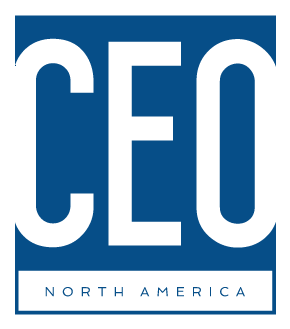Picture this: It’s July 2023, and Mark Zuckerberg just pulled off what seemed impossible. His new app, Threads, signed up 100 million users in five days. That is faster than ChatGPT, faster than TikTok, faster than any app in history. Tech journalists were calling it the “Twitter killer.” News about its lightening-fast growth was covered in mainstream publications like Time.
Then reality hit.
Within two weeks, 80% of those users had essentially abandoned the app. Time spent plummeted from 20 minutes a day to about 3 minutes. Daily users crashed from 49 million to just 8 million by the end of July. For most apps, this would have been the end of the story. Game over. Move on.
But Meta had the resources to invest and recover. They put money into the platform and used other means, like paying influencers, to try and regain ground. By April 2025, Threads had clawed its way back to 350 million users. While that number represents significant recovery, it tells only part of the story. Threads never achieved (or at least not yet) the cultural relevance or daily engagement that defines truly successful social platforms. It became a solid alternative to X, but not the industry-defining force its explosive launch suggested it could be.
More importantly, those brutal first months carried lasting costs: lost network effects, diminished user trust, and missed momentum that competitors used to reestablish themselves. The question isn’t whether Threads ultimately found its footing, but whether the rocky launch prevented it from reaching its true potential.
The real lesson? Even with near-infinite resources and the perfect market opportunity, fundamental strategic mistakes can turn your dream launch into an expensive, public learning experience.
When you position yourself as “the better version of Y,” you’re not actually solving people’s problems; you’re just pointing out that Y has problems. And here’s the kicker: if Y fixes those problems (or if the novelty wears off), what’s your reason for existing?
Threads fell into what I call the competitive positioning trap. Instead of creating a unique identity, they invited direct comparisons. Every missing feature felt broken because users expected a complete Twitter alternative, not a new type of platform.
Even worse, Meta misread the room entirely. When users complained about Twitter’s toxicity, Meta heard “we want happier content.” But what users actually wanted was quality and trust; they were tired of spam, bots, and algorithmic manipulation, not just mean tweets.
The result? Early Threads felt like Twitter with training wheels. It was familiar enough to disappoint; different enough to confuse.
The Product Launch Checklist
If you want to avoid a Threads-like situation, you’ll want to be systematic and actively work to avoid the product launch pitfalls highlighted by their troubles.
Before You Launch: Strategy Sanity Checklist
Product Positioning Reality Check
- Can you explain your value without mentioning competitors? (30-second test)
- If your biggest competitor fixed their main problems tomorrow, would customers still choose you?
- Are you solving a real user problem or just pointing out competitor flaws?
MVP Value Validation
- Can users complete their primary goal end-to-end with current features?
- Are missing features truly “nice-to-have” vs. “can’t function without”?
- Are you launching because the product is ready, or because the timing feels right?
Product Launch Success Metrics Sanity Check
- Are you tracking leading indicators (activation, return visits) not just vanity metrics (signups)?
- Do you have realistic expectations for post-launch engagement decline?
- Can you sustain momentum after initial novelty wears off?
First 2 Weeks of Product Launch: Early Warning Signals
Usage Red Flags
- Are users completing onboarding but not returning within 72 hours?
- Is time spent per session declining rapidly (>50% drop)?
- Are users creating value or just consuming it?
Feedback Loop Essentials
- Do you have direct communication channels with early adopters?
- Can you distinguish between feature requests vs. fundamental value gaps?
- Are you shipping quick wins while working on strategic fixes?
Long-Term Defensibility: Can You Hold the Lead?
Defensible Differentiation
Is your value proposition getting stronger over time, not just solving immediate problems?
Are you building something competitors can’t easily copy?
Do you have network effects or user investment that increases switching costs?
Read the full article by Clarke Smith / The Pragmatic Institute












